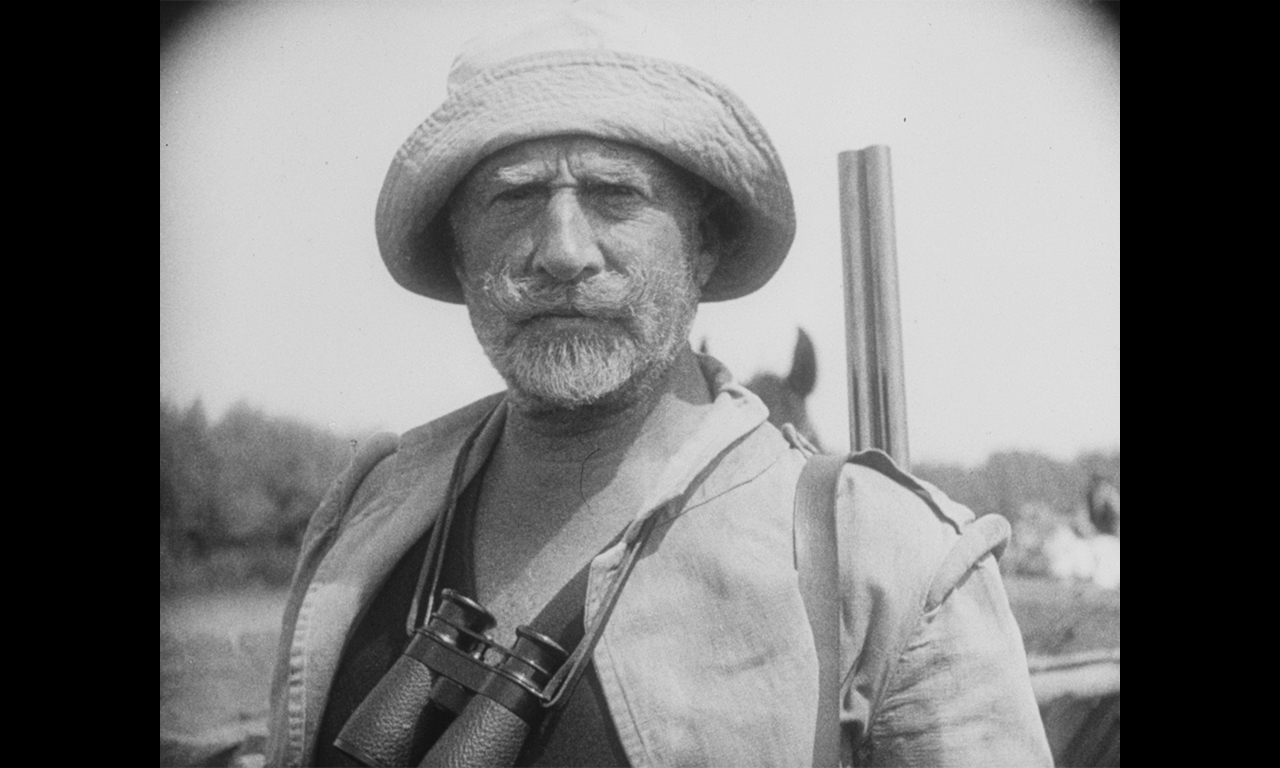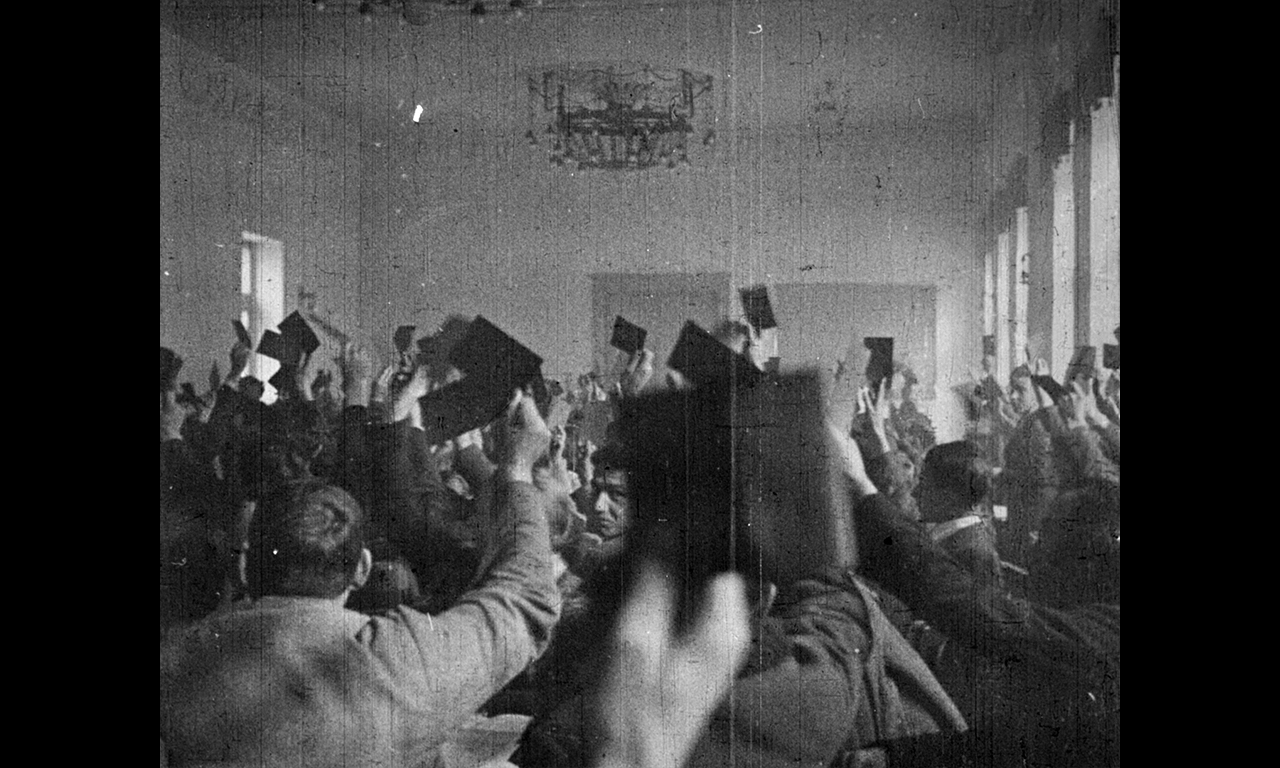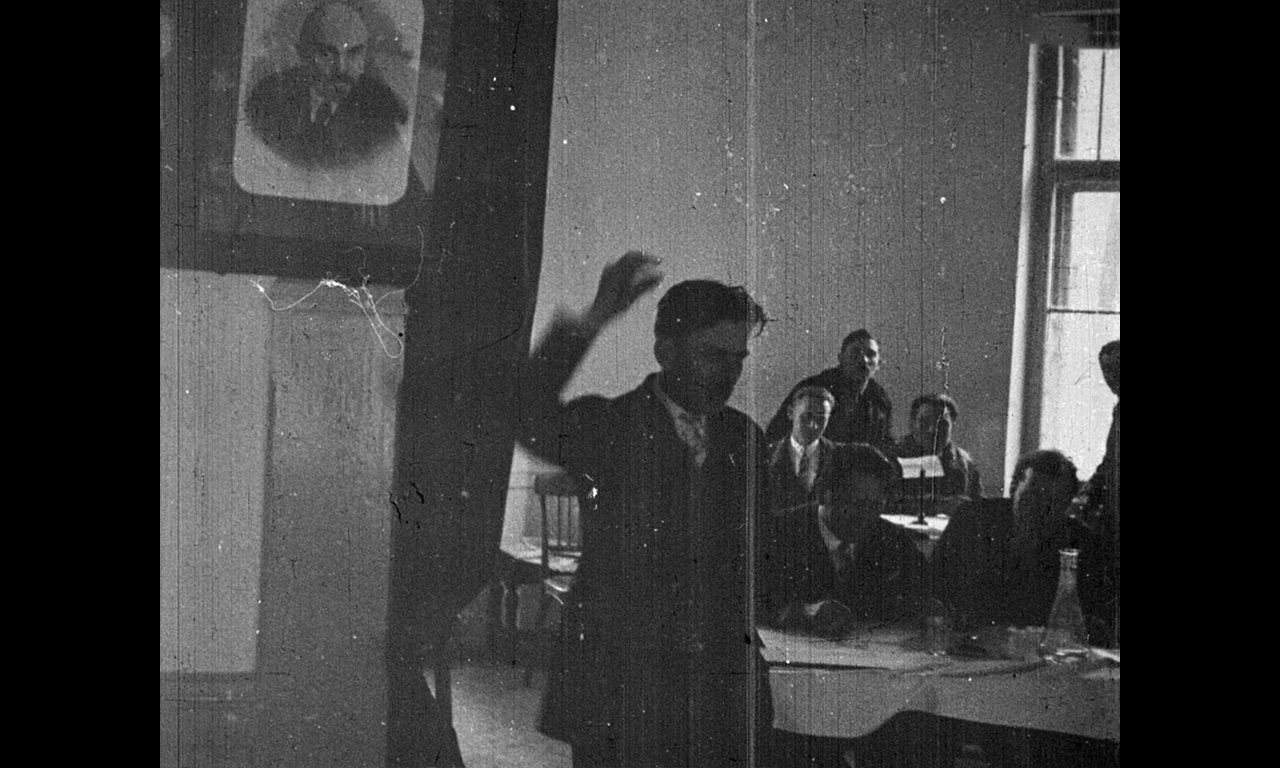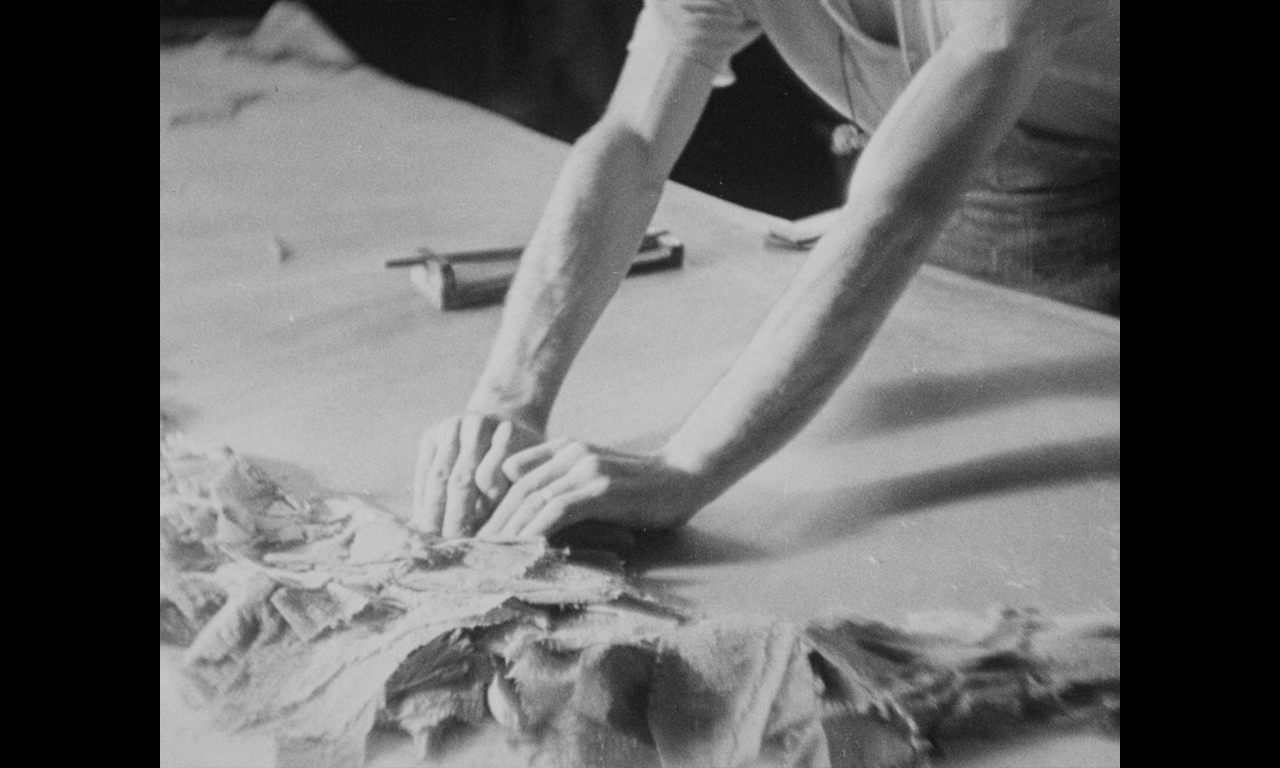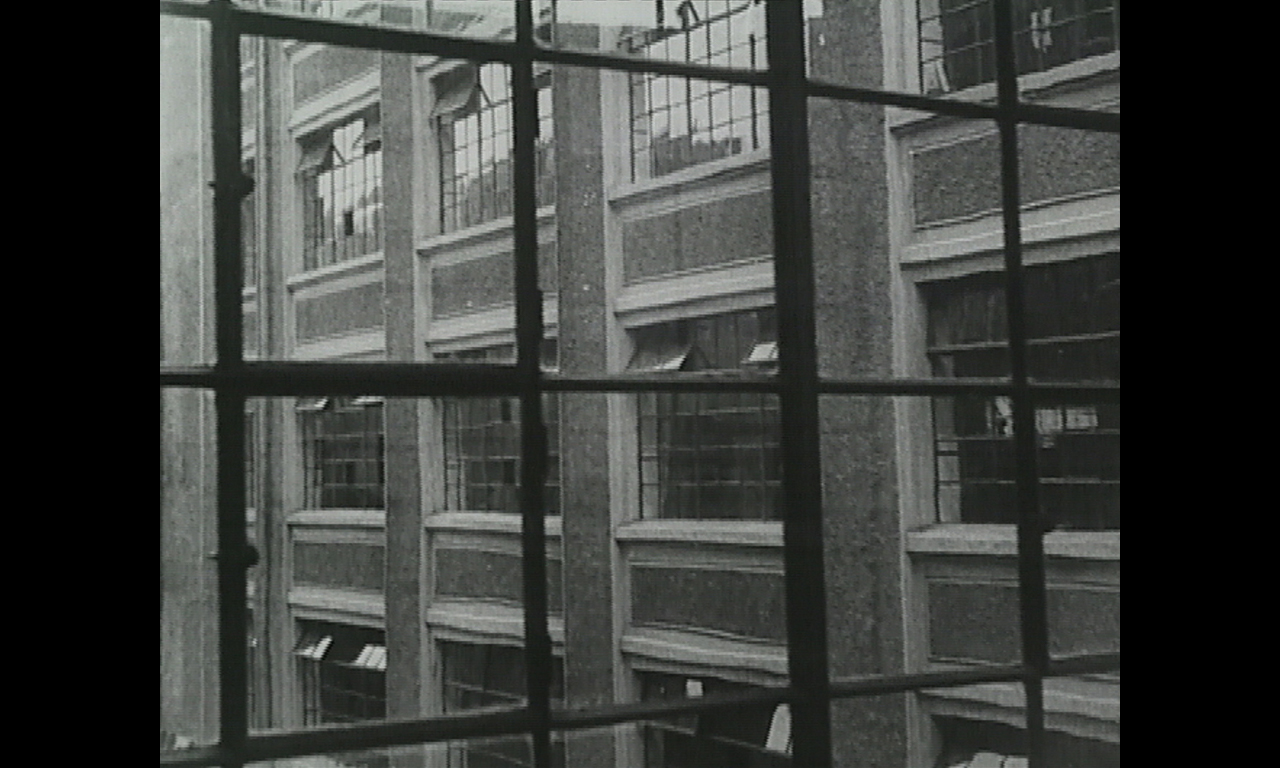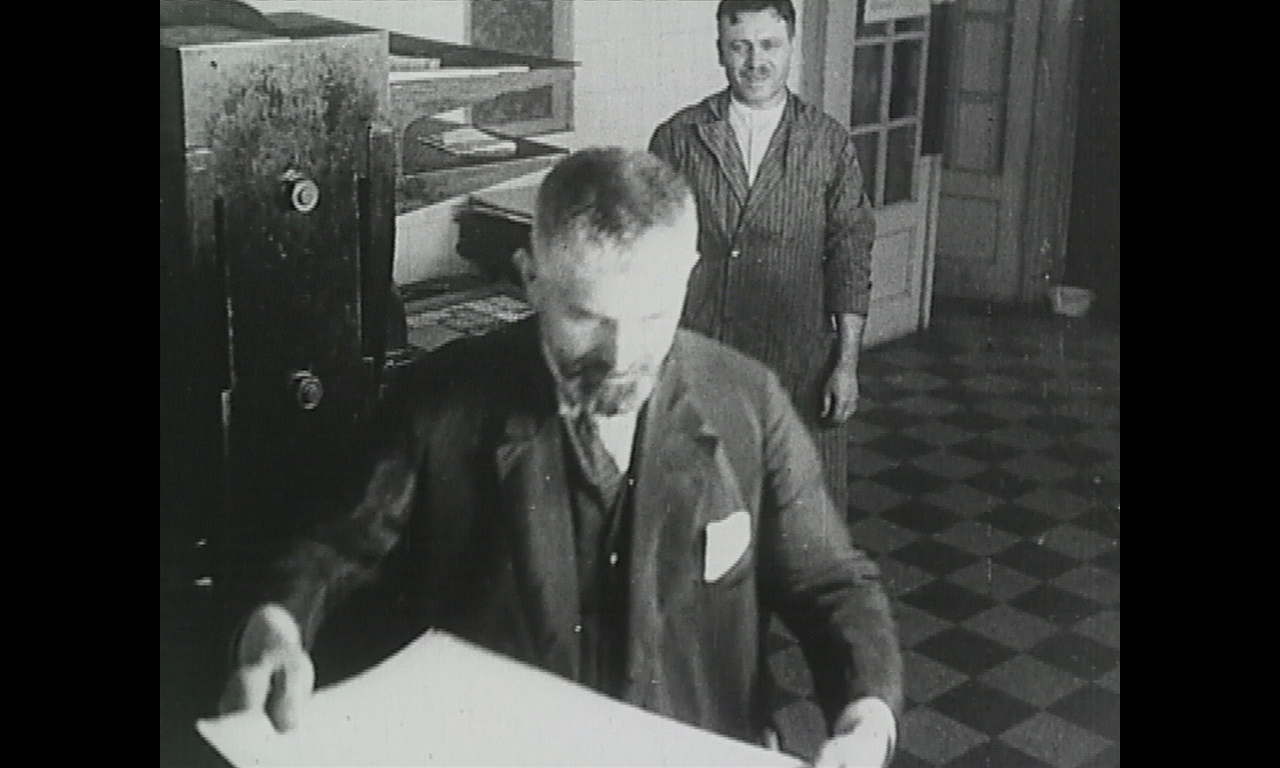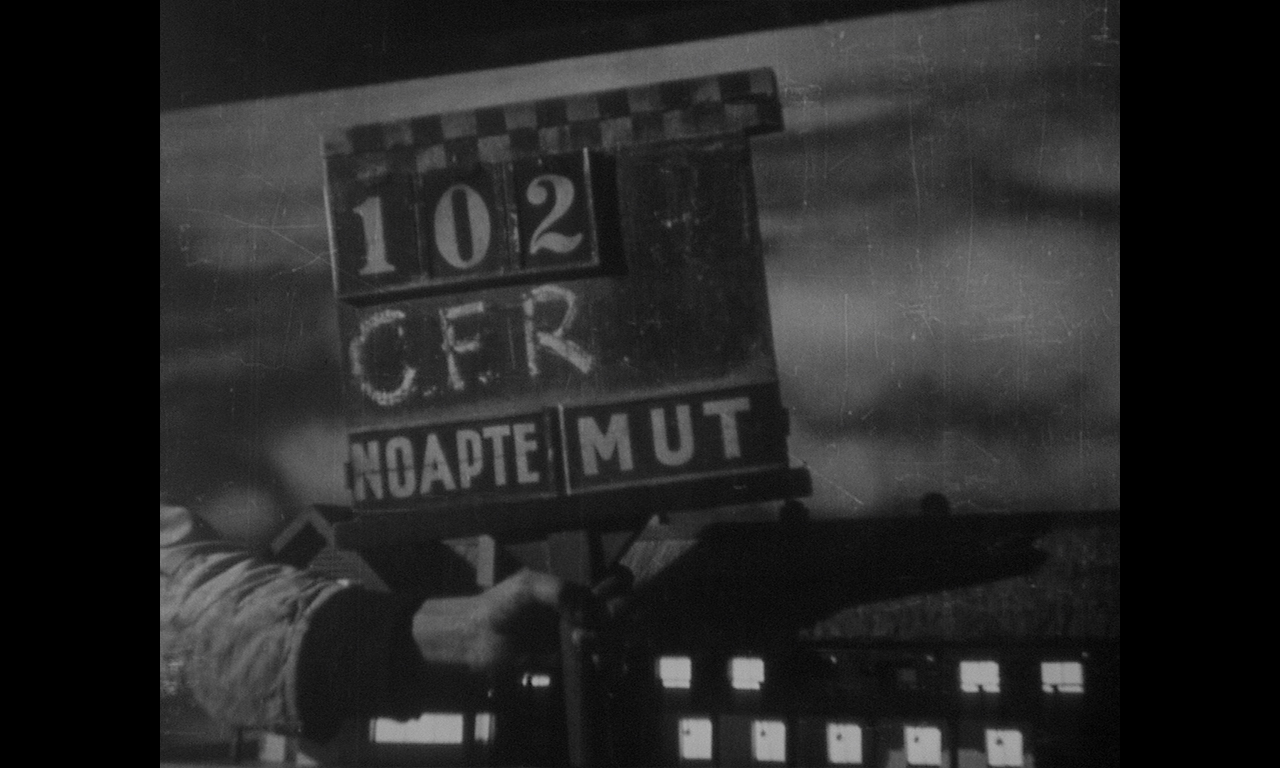Working People (1914-1939)
22.09.2022
Photo credits: The National Film Archive
silent films, soundless films, shorts, actualities, and advertising, industrial documentaries, runtime: 54:37 minutes
music: Andrei Raicu
guest: David Schwartz (theater director)
Colonel A.W. von Spiess (1914)*
Grape-picking in Mărășești (Vasile Gociu, Athanasie D. Manglide?, 1928)
Scenes from the General Congress of Trade Unions in Timișoara. (1929)*
Enterprises for Leatherwork and Shoemaking “Grigore Alexandrescu” (1939)
The Universe (unedited, Tudor Posmantir, 1931)
CFR – A Symphony of Labor (incomplete, unedited, d. Jean Mihail, sc. Ionel Teodorescu, N.N. Şerbănescu, i. Iosif Bertok, Cornel Dumitrescu, Carol Stark, Tudor Posmantir, Louis Behrend, 1938)
*digitized for the first time
We lean toward, but don’t seek at all costs the never-before-seen and never-before-heard. The proof is precisely in this selection, half-studded with the big names of pre-Socialist Romanian film, Tudor Posmantir and Jean Mihail and Vasile Gociu. In fairness, the other half belongs to no one, three documentaries whose creators remain snared in archival question marks. Brought together, the films of the renowned and the unknown traverse labor from the top down and back up, also portraying in passing their foremen and hirelings, eternal victors and born losers.
Until recently, Colonel A.W. von Spiess (1914) had a catlike state of being – preserved and lost, dead and alive; and the Romanian silent film, especially the prewar, has no time for paradoxes: two minutes of film are for eternity. Here are, at last, its two minutes, two glimpses of the revered army man and hunter von Spiess, at home and at work.
Discreet in form and passed through a blurry copy – not to mention digitalized at too low a speed –, few curators would’ve deemed this Grape-picking in Mărășești (1928) likely to succeed, though one of its directors, Vasile Gociu, was well-known at the time, a front operator, the collaborator of Jean Mihail for Sin (1924) and Manasse (1925), the accomplice of Marcel Blossom for the banned film Dâmbovița, sweet water (1926). Finally, Working People couldn’t have hoped for any better, as Gociu’s camera brings landlord Avram Ghiltcik and his company, people of good taste come to look around, very close to the cutting hands of the tens of harvesters. And I think it does so with bitter sympathy, as for at least an instant it seemed to me too left-field to be chance or ignorance: the intertitle announces lunchtime and, after we see the peasants eat standing up, the magnates appear, sat at a banquet, mannerly, voluble and toasting. Laboring hand, leading hand…And lifting hand. In the spring of ’29, a movie camera joins the unionists at the General Congress of Trade Unions in Timișoara. The two minutes that were kept in aren’t terribly precise as factual documents, but they capture a rather fretful mood, of bustle and fluttering work-cards, discourses from which we’re left with nothing but spirited gestures and a ghostly Lenin looking on from his portrait.
From here onward, the films, all from the thirties, become more classical, beautiful in a conventional way: documentaries with a decidedly promotional makeup and a keen eye for the industry, like “Grigore Alexandrescu” Enterprises for Leatherwork and Shoemaking (director unknown, 1939). All the while follow the most overt oversights of history in the entire project, Posmantir’s The Universe (1931) and Mihail’s CFR – A Symphony of Labor (1938), both unfinished, therefore documents of an unfulfilled artistic endeavor. And of the artificiality of the documentary process in itself, of how a fact is staged to look good on camera, which is all the more important for Fictitious Nonfiction. Judging by the roughs, Posmantir, a documentarian by trade, appears much more faithful to the unadulterated fact. The Universe would’ve wished to make public the new wings of the building where Stelian Popescu ran the paper at the time, revealing all sorts of jobs ‘of the land,’ some of them white-collar and others blue, keeping in Ionescu’s decisive gestures, the journalists’ abstract ones, the typographers’ strained ones and the agitated movements of so-called paperboys. Among them all, Posmantir’s tricks, camera motions and superimpositions seem to be a natural addition: the filmmaker’s gestures. While Mihail’s, always verging on fiction, are full-fledged mannerisms. Essentially, CFR resembles Enterprises, The Universe and many other order-films which close in on each worker in their craft. But it’s a plain conceit, more flourished, more calculated than others, taking after the urban symphonies that were being made the world over. And, like Witold Klimowicz’ Bucharest Hours (1942), itself symphonic and unfinished, the bundle of minutes captures how people, stars for an instant, would line up for his camera and start at a certain signal for the sake of the photogénie of an idea. (Călin Boto)
Andrei Raicu has studied Stage Direction within UNATC “I.L. Caragiale” in Bucharest and has followed with a Master’s in Directing at the University of Arts in Târgu-Mureș. He has directed the theater shows “Europa Hotel” (Goran Stefanovski, the National Theater, Bucharest, 2015), “Euralien” (Goran Stefanovski, a co-production by “Ioan Slavici” Classical Theater in Arad and the Citizenit Association, 2016), and “God is a DJ” (Falk Richter, The North Theater in Satu Mare, 2019). In 2015, he began composing electronic music for theater shows and performance: “Bang” by Marius von Mayenburg (dir. Theodor-Cristian Popescu, “Marin Sorescu” National Theater in Craiova), “Terminal” by the Presniakov Brothers (dir. Sorin Militaru, the National Theater in Târgu-Mureș – “Liviu Rebreanu” Company), “Queerdos” – interdisciplinary performance series (coord. Cătălin Jugravu, Berlin). At present, he seeks new methods of interacting with sound and modes of generating it, applied in performative arts projects, new media installations and experimental music. “From ambient to experimental, on an organic sonic note, his music reveals a complex universe, abundant with sounds resulting from elaborate processes of sonic synthesis” (Telekom Electronic Beats Podcast 40)
According to the contractual requirements imposed by the Romanian Film Center (RFC), we have separated the video source from the audio. The system of automatic synchronization, developed for the apps utilized, can present small delays depending on the (Internet) transfer speed and your device (desktop, phone, etc.).
To support our project click – here

